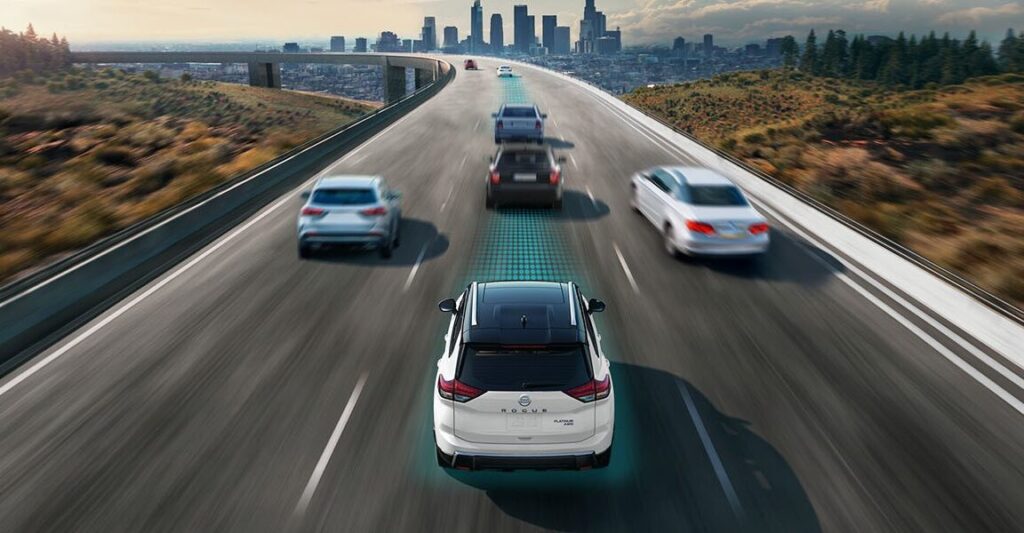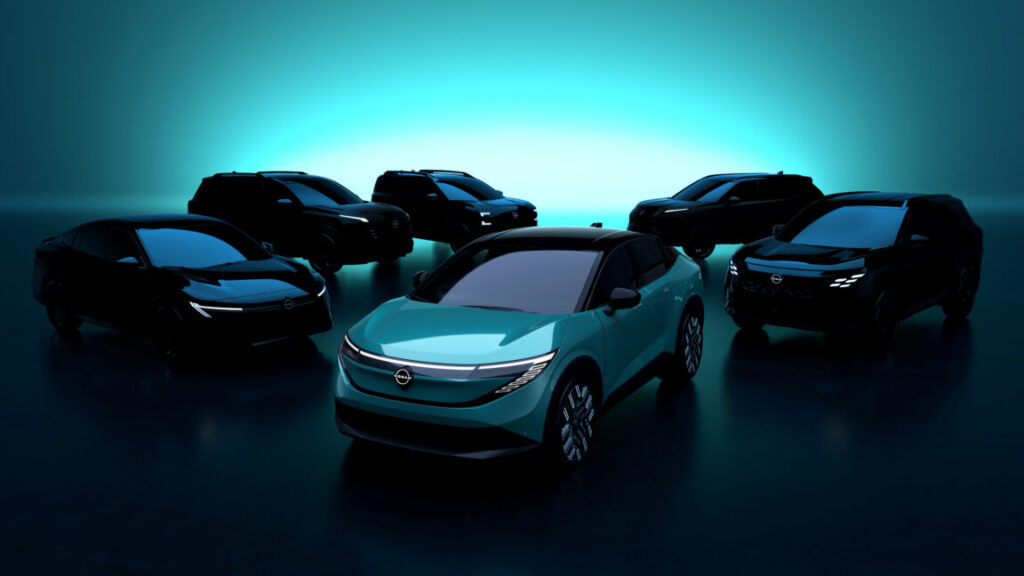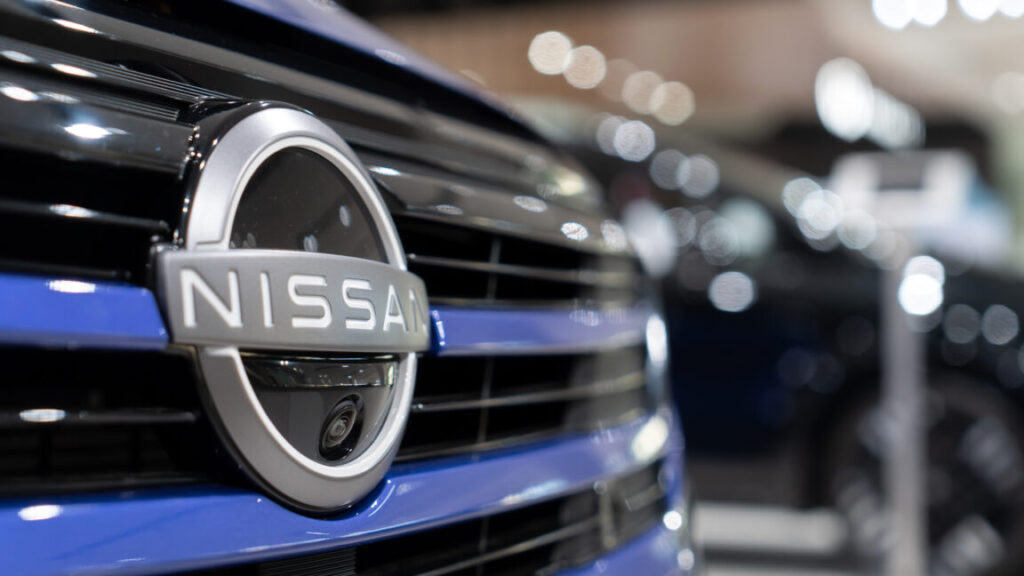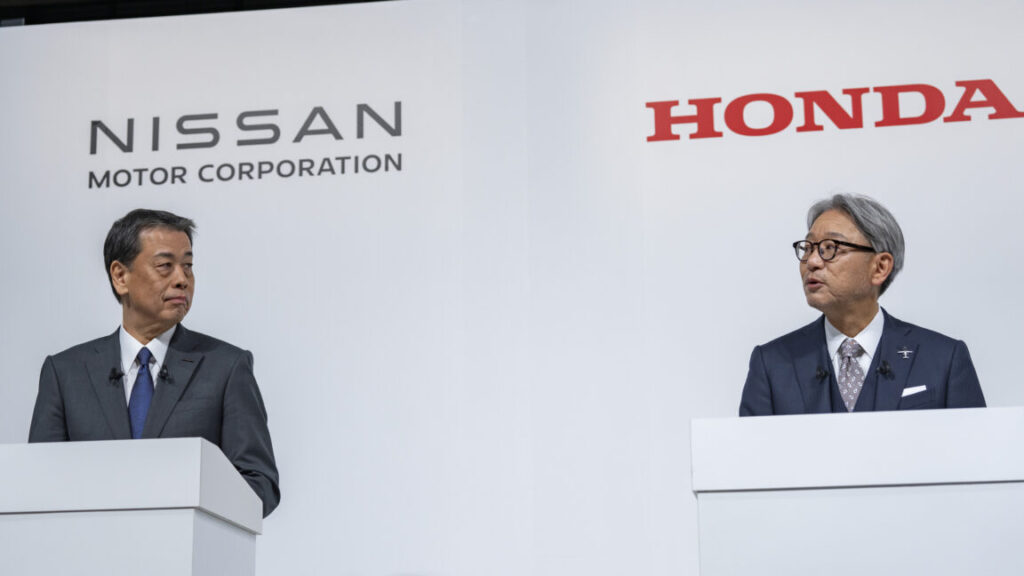How Nissan leveraged its driver assist to cut traffic jams
Instead, CCM works by having a lead car, or “probe,” send information to following CCM-equipped cars, which are separated by non-CCM cars between them. The information from the probe car lets the following cars keep an appropriate distance from each other—between 30 and 60 seconds—and if there’s a slowdown ahead, the following cars will decelerate more gently over time, preventing the kind of concertina action that triggers traffic jams when human drivers see someone slowing down in front of them.
Jerry Chou, a senior researcher at Nissan’s Silicon Valley center, described CCM to me as “mixed autonomy—that means a mix of the controlled vehicles and other human driven vehicles in between.” Instead of DSRC, the cars use their embedded LTE modems to communicate via Nissan’s cloud.
As most people who have used adaptive cruise control know, if your following distance is too large, other drivers will often cut in, causing you to decelerate. “So we did spend some time to balance this phenomenon and the performance of our system. So there’s some parameters we continue to control to balance this,” Chou told me.

Note the test equipment that’s fitted to the dash of this CCM-equipped Nissan Ariya test vehicle. Credit: Nissan
Next, I asked Chou what percentage of cars in traffic would need to be CCM-enabled to effect a reduction in congestion?
“So in our simulations we tried different penetration rates… and we saw that our benefits increase proportionally to penetration rates. But we already can see some good results at around 4–5 percent penetration,” Chou told me. “But you know, that’s actually one challenge of experimental. Since our experiment only has a few cars, we have been thinking about how to control just these few cars to see some results.”
Future refinements for the system include giving the humans some feedback on why their cars are slowing (in part so they don’t countermand the system and just accelerate manually). If that proves successful, we may even see CCM licensed to other automakers in the future, Chou said.
How Nissan leveraged its driver assist to cut traffic jams Read More »



